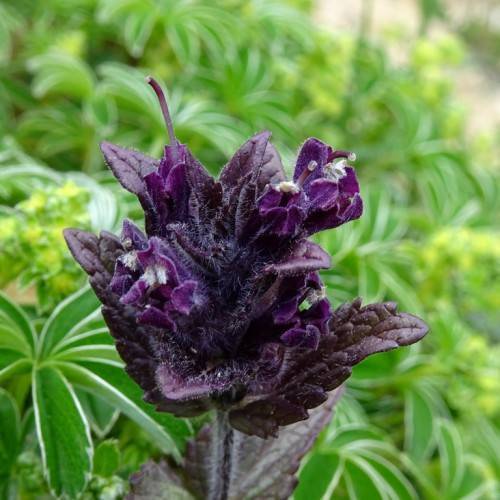
Velvetbells
Bartsia alpina
Also Known As - Alpine BartsiaWatering:
Frequent
Hardiness Zone:
Sun:
full sun,part shade
Leaf:
Yes
Growth Rate:
Low
Salt Tolerant:
Yes
watering
Twining Bartonia (Bartonia paniculata subsp. iodandra) requires regular watering as part of its growing needs. While this species is resilient to drying out between waterings, it is important to make sure it gets enough water to stay healthy as water is essential for the plant’s growth. When it comes to watering, the frequency of waterings depends on where the plant is placed and the local climate. In general, twining bartonia should be watered when the top 2-3 inches of soil feel dry. Allow the soil to begin to dry out before watering to prevent issues such as root rot. During the summer months in hot climates, they may need to be watered more frequently than in the cooler winter months. As a rule of thumb, plan to water them once every 7-10 days or so.
sunlight
Twining Bartonia (Bartonia paniculata subsp. iodandra) prefers full to partial sun, so it needs at least 4 to 6 hours of direct sunlight every day. This plant should be placed in a location that gets morning sun and some afternoon shade, or vice versa, to reduce stress from too much direct sun. To encourage flowering, it needs at least 8 to 10 hours of direct sunlight a day. When grown in partial shade, this plant needs supplemental fertilizer to encourage growth.
pruning
Twining Bartonia should be pruned in late winter before new growth appears. To prevent its long, vining stems becoming overgrown, the plant should be cut back to its base or to the ground if needed. After this winter pruning, it should be lightly trimmed to shape in the summer if necessary. Pruning should be minimal and only when necessary – Twining Bartonia is a vigorous plant that does not require regular or heavy pruning.
